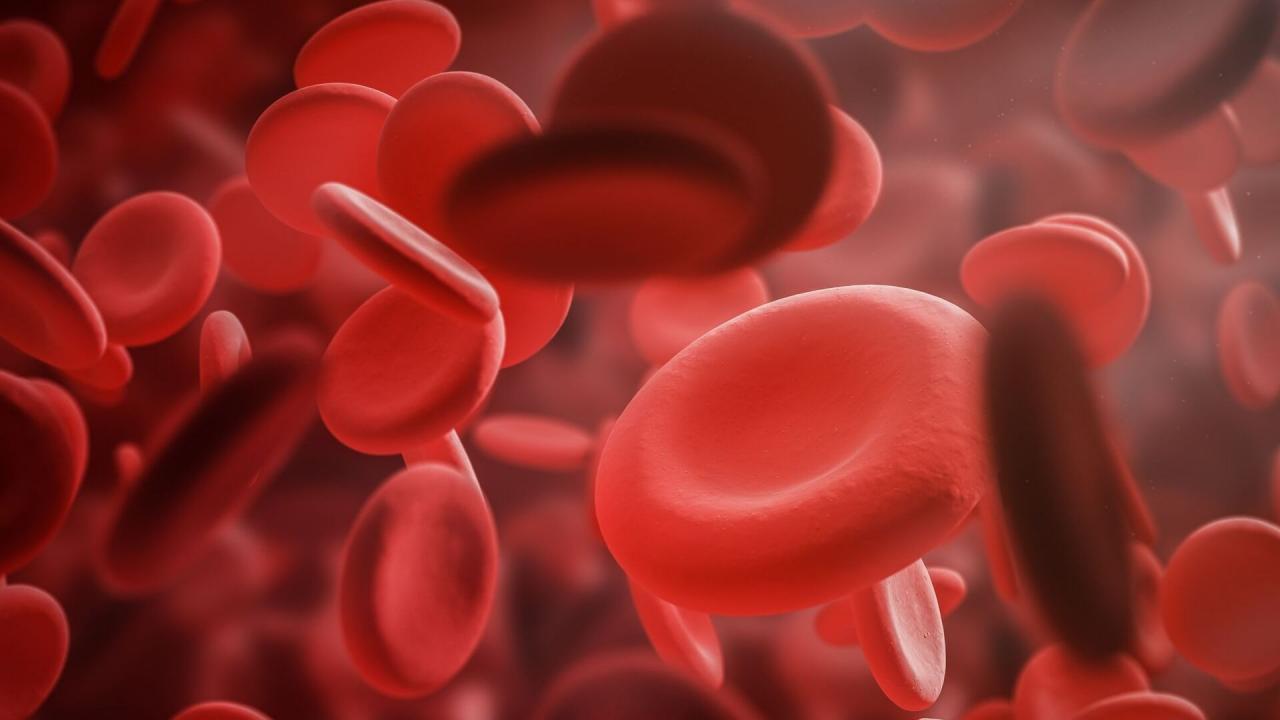Autoimmune diseases in general are difficult to diagnose, according to the American Autoimmune Related Diseases Association web site. Dr. S. Zeerleder of the University of Amsterdam, the Netherlands, reported that autoimmune hemolytic anemia is a particular challenge. It is a rare disease that requires extensive blood tests for diagnosis.
“If possible, transfusion should be avoided!” Zeerleder cautioned. There are many types of anemia, and transfusion can be beneficial for more common types. However, the autoimmune form is caused by autoantibodies that break down red blood cells at a rate higher than normal.
“There is a significant risk for alloantibody formation upon transfusion,” Zeerleder explained. Thus, transfusion can actually make the anemia worse when the cause is autoimmune. A correct diagnosis makes a crucial difference in treatment.
The symptoms of autoimmune hemolytic anemia are similar to those of other types of anemia: fatigue, shortness of breath, heart palpitations, and pallor (unusually pale skin). Lab tests can be used to distinguish the type of anemia. “Therefore, close collaboration and a good communication between laboratory and clinician is a 'sine qua non',” Zeerleder wrote.
There are two main types of autoimmune hemolytic anemia, called warm antibody and cold antibody. In the cold type, the autoantibodies are most active at temperatures below 30 degrees Centigrade (86 degrees Fahrenheit). Patients must be careful to keep their hands and feet warm when exposed to cold weather.
Zeerleder recommended gloves, a hat and warm shoes for protection. He also cautioned doctors to keep their patients warm during surgery if they have this condition. These precautions are usually sufficient to control the disease, he reported.
The warm antibody type is more difficult to control, since the autoantibodies are most active at normal body temperature. Treatment options include steroids, cytotoxic drugs, anti-C20 antibody, immunoglobulins, and surgery to remove the spleen. If a blood transfusion is necessary, the patient and donor should be carefully matched for red blood cell antigens.
The National Heart Lung and Blood Institute provides more information on its web site. Anemia can be caused by loss of blood, decreased rates of red blood cell production, or increased rates of red blood cell destruction. The hemolytic anemias are caused by red blood cell destruction, and autoimmunity is the cause for about half of these.
References:
1. American Autoimmune Related Diseases Association. Autoimmune Disease in Women. Web. Jan. 2, 2012.
http://www.aarda.org/women_and_autoimmunity.php
2. Zeerleder S, “Autoimmmune haemolytic anaemia – a practical guide to cope with a diagnostic and therapeutic challenge”, The Netherlands Journal of Medicine 2011 Apr; 69(4): 177-84. http://www.ncbi.nlm.nih.gov/pubmed/21527804
3. National Heart Lung and Blood Institute. Types of Hemolytic Anemia. Web. Jan. 2, 2011.
http://www.nhlbi.nih.gov/health/health-topics/topics/ha/types.html
Reviewed January 16, 2012
by Michele Blacksberg RN
Edited by Jody Smith






Add a CommentComments
There are no comments yet. Be the first one and get the conversation started!